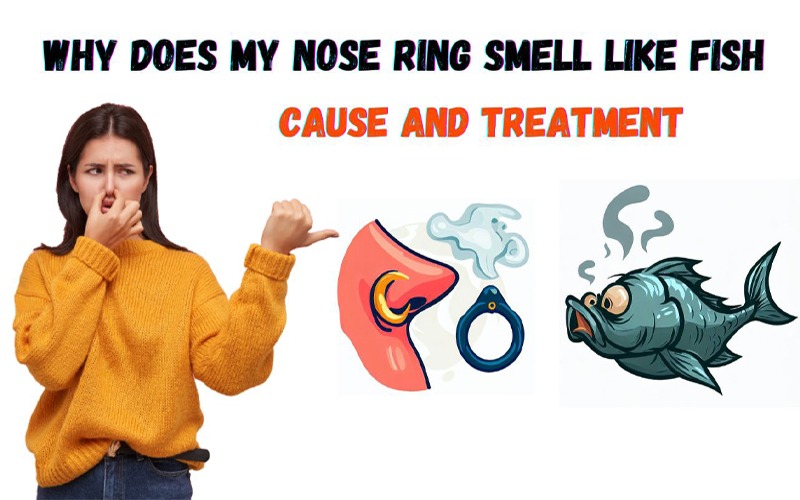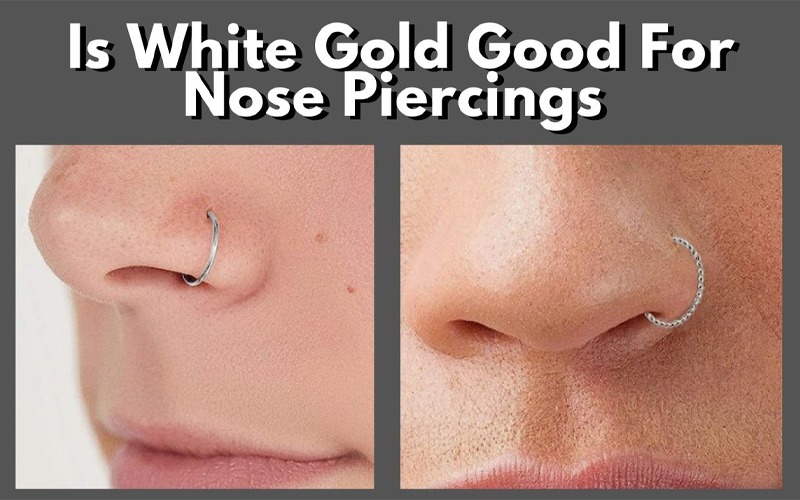Nipple piercings have become increasingly popular over the years, and it’s no wonder why. They can be a bold and beautiful addition to one’s body art collection. However, with any piercing, it’s important to understand the healing process and how long it typically takes to fully heal.
The healing time for nipple piercings can vary from person to person, but on average, it takes about 6-12 months for them to fully heal.
During this time, it’s important to take proper care of the piercing to avoid infections and other complications. This includes cleaning the piercing regularly and avoiding any activities that could irritate or damage the piercing.
The healing time for nipple piercings can vary from person to person, but on average, it takes about 6-12 months for them to fully heal.
During this time, it’s important to take proper care of the piercing to avoid infections and other complications. This includes cleaning the piercing regularly and avoiding any activities that could irritate or damage the piercing.
Healing Process
Nipple piercings are a popular form of body modification that require proper care during the healing process. The healing time for nipple piercings can vary depending on a number of factors, such as the individual’s immune system and aftercare routine.
In general, nipple piercings can take anywhere from 6 to 12 months to fully heal.
Initial Healing Phase
The initial healing phase for nipple piercings typically lasts around 4 to 6 weeks. During this time, it is important to keep the area clean and dry to prevent infection.
Piercing professionals recommend cleaning the area twice a day with a saline solution or mild soap and water.
Avoid using harsh chemicals, such as hydrogen peroxide or alcohol, as they can irritate the piercing and delay the healing process.
It is also important to avoid any activities that may cause trauma to the piercing, such as rough sports or sexual activity. Wearing tight clothing or bras can also irritate the piercing and prolong the healing process.
Secondary Healing Phase
After the initial healing phase, the nipple piercing enters the secondary healing phase. This phase can last anywhere from 4 to 10 months.
During this time, the piercing may still be sensitive and prone to infection, so it is important to continue proper aftercare.
It is recommended to clean the area once a day with a saline solution or mild soap and water.
Avoid using any products that contain fragrances or dyes, as they can irritate the piercing.
It is also important to avoid any activities that may cause trauma to the piercing, such as rough sports or sexual activity.
Factors Affecting Healing Time
Nipple piercings are a form of body modification that requires proper aftercare to heal. The healing time varies from person to person and can be influenced by several factors. Here are some of the factors that affect the healing time of nipple piercings:
Body’s Healing Response
The body’s healing response plays a significant role in the healing time of nipple piercings. Some people have a faster healing response, while others may take longer.
Factors such as age, overall health, and immune system function can affect the body’s healing response.
Piercing Aftercare
Proper aftercare is essential for the healing of nipple piercings. The aftercare routine should include cleaning the piercing with a saline solution and avoiding activities that can irritate the piercing, such as swimming or wearing tight clothing.
Neglecting aftercare can lead to prolonged healing time and increase the risk of infection.
Jewelry Material
The jewelry material used for nipple piercings can also affect the healing time.
High-quality jewelry made of materials such as titanium, niobium, or 14k gold is recommended for nipple piercings.
These materials are less likely to cause an allergic reaction and are more biocompatible with the body, which can help speed up the healing process.
Common Healing Timelines
Average Duration
The average healing time for nipple piercings is around 6-9 months. During this time, the body is working to heal the wound created by the piercing.
It is important to follow proper aftercare instructions during this time to ensure proper healing. This may include cleaning the piercing regularly and avoiding certain activities such as swimming or wearing tight clothing.
It is important to note that everyone’s healing process is different and some individuals may experience a shorter or longer healing time. Factors such as age, overall health, and the type of jewelry used can all impact the healing process.
Full Recovery Period
While the average healing time for nipple piercings is 6-9 months, the full recovery period can take up to a year or more.
This means that even after the initial healing process is complete, the piercing may still be sensitive and prone to irritation.
During the full recovery period, it is important to continue following proper aftercare instructions and to avoid activities that may irritate the piercing.
It is also recommended to avoid changing the jewelry during this time to allow the piercing to fully heal.
Potential Complications
Infections
Like any other piercing, nipple piercings can become infected if not properly cared for. Signs of infection include redness, swelling, discharge, and pain.
Infections can occur at any point during the healing process, but they are most common within the first few weeks after getting pierced.
To prevent infection, it is important to keep the piercing clean and dry.
This can be done by gently cleaning the area with saline solution or mild soap and water, and avoiding tight or restrictive clothing that can irritate the piercing.
If an infection does occur, it is important to seek medical attention and follow the advice of a healthcare professional.
Rejection and Migration
Nipple piercings, like all piercings, are a foreign object in the body and can be rejected or migrate over time.
Rejection occurs when the body pushes the piercing out, while migration occurs when the piercing moves from its original location.
Factors that can increase the risk of rejection and migration include improper placement of the piercing, poor aftercare, and the use of low-quality jewelry.
Signs of rejection and migration include the piercing becoming increasingly shallow, the jewelry becoming visible under the skin, and the piercing feeling uncomfortable or painful.
If a nipple piercing is rejected or migrates, it is important to remove the jewelry and allow the area to heal completely before considering getting pierced again.
In some cases, scar tissue may form, making it more difficult to pierce the area again in the future.
Aftercare Best Practices
Cleaning Guidelines
Proper cleaning of nipple piercings is crucial for the healing process. Nipple piercings should be cleaned twice daily with a saline solution or an antiseptic solution recommended by the piercer.
After cleaning, gently pat the area dry with a clean cloth or paper towel. Avoid using harsh soaps or alcohol-based products as they can dry out the skin and delay the healing process.
It is important to avoid touching the piercing with dirty hands or clothing.
If any discharge is present, gently clean the area with a cotton swab soaked in saline solution. Do not remove any crust that forms around the piercing, as it is a natural part of the healing process.
What to Avoid
During the healing process, it is important to avoid any activities that can irritate the piercing. This includes avoiding tight clothing, such as bras or shirts, that can rub against the piercing.
Avoid swimming in pools, hot tubs, or natural bodies of water, as they can harbor bacteria that can cause infection.
Make sure to also avoid any sexual activity that can cause trauma to the piercing, including oral sex, until the piercing is fully healed. Additionally, avoid using any creams, lotions, or oils on the piercing, as they can trap bacteria and delay the healing process.





